Specifications and Requirements for LPG and LNG Ships to Sail in International Waters
A large number of merchant ships are designed and constructed for carrying different types of liquefied gases from one port to another. Since cargo in gaseous form will take much more volume than when in liquid condition, the gases are condensed and liquefied for carrying them in ships.
Types of Liquefied Gas Carriers
There are basically two types of gas carrier ships:
1) LPG Carrier: Liquefied petroleum gas Ships carries LPG gas along with some other gases like ammonia, propylene, ethylene as their construction and equipments are suited to carry such gases also.
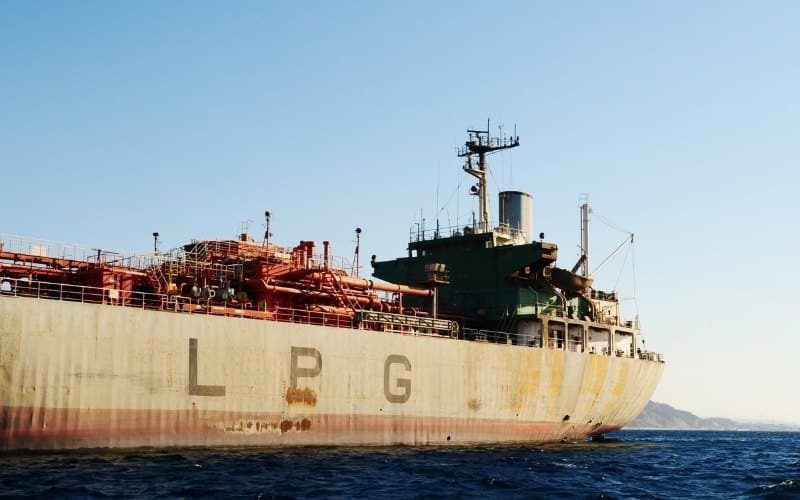
Ethylene cannot be carried in LPG tanker as its boiling point is very low (-104 ̊C).
2) LNG carrier: LNG gas or Liquefied Natural gas from which, major impurities like sulphur and carbon dioxide have been removed, is carried in LNG carrier ships.
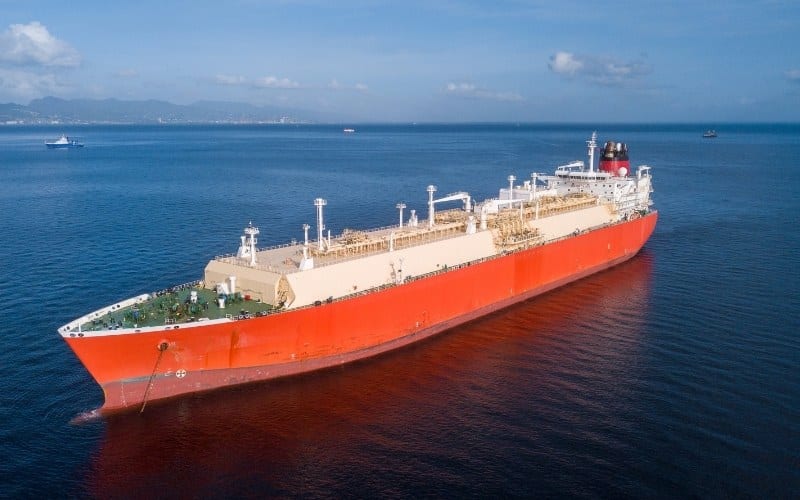
LNG is transported in the form of liquefied methane after cooling it to its boiling point, – 163 ̊C.
Regulatory Requirements for LNG and LPG
As per International Maritime Organisation, a liquefied gas ship can only run in international waters if it is constructed and operated as per International Gas Carrier (IGC) 1986 code and complies with SOLAS 74 chapter VII part C –“construction and equipment of ships carrying liquefied gases in bulk.
The brief requirements described in IGC code are:
- Damage limitations to cargo and ship survival in case of collision or grounding.
- Safety arrangement requirements for such ship.
- Cargo containment and cargo handling procedure.
- Material of construction for containment and carriage facility.
- Requirements for cargo loading and discharging.
- Fire protection requirements.
- Pollution control requirements.
- Usage of cargo as ship’s machinery fuel.
- provision for thermal expansion and contraction is provided
Constructional requirements
Different types of cargo tanks should be provided with special material at maintained pressure as described in the constructional and cargo handling requirement of IGC code for both LPG and LNG ships.
LPG ship cargo carriage requirements
LPG can be carried by sea if any one of the three criteria is fulfilled:
- It is solely under pressure maintained at ambient temperature.
- It is fully refrigerated at its boiling point.
- It is semi refrigerated but at elevated temperature and elevated pressure.
Other important auxiliaries that are required are:
- A well insulated and refrigerated LPG tank to fulfil any of the above criteria
- A compressor room compressors and refrigeration plants
- A nitrogen bank as well as an inert gas generator with dryer system
- The cargo temperature and environment data monitoring system
- Tank atmosphere and temperature data is monitoring system
LNG ship cargo carriage requirements
LNG is carried at very low temperature which can cause crack in the metal structure if cargo comes in contact with the ship’s hull. Moreover,
- LNG carrier must have a cargo tank with double layer of insulation protection.
- Material used for tank must have very low coefficient of thermal expansion (invar).
- To be provided with vaporiser to meet its own vapours requirements.
- Re gasification plant should be provided(optional)
You may also like to read-Panamax and Aframax Tankers: Oil Tankers with a Difference
References: Book on Ship construction by D.J Eyres
Do you have info to share with us ? Suggest a correction
Latest Type Of Ships Articles You Would Like:
Latest Maritime law Articles You Would Like:
Latest News
- What is the Purpose of DG Shipping?
- What are Logistics Risks?
- How Port and Terminal Operators Can Control Emissions?
- Minimum Quantity Commitment (MQC) and Liquidated Damages in Container Shipping: Concept and Relevance
- MARPOL (The International Convention for Prevention of Marine Pollution For Ships): The Ultimate Guide
- The Ultimate Shipping Container Dimensions Guide
Subscribe To Our Newsletters
By subscribing, you agree to our Privacy Policy and may receive occasional deal communications; you can unsubscribe anytime.
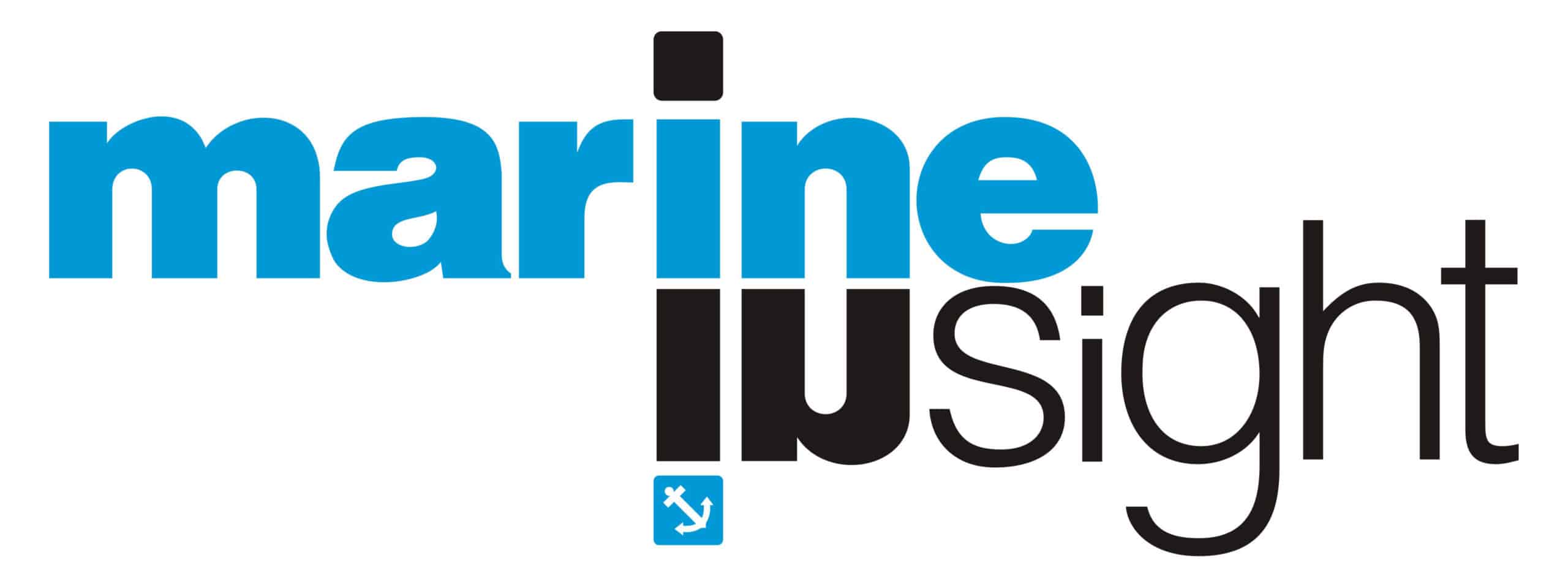


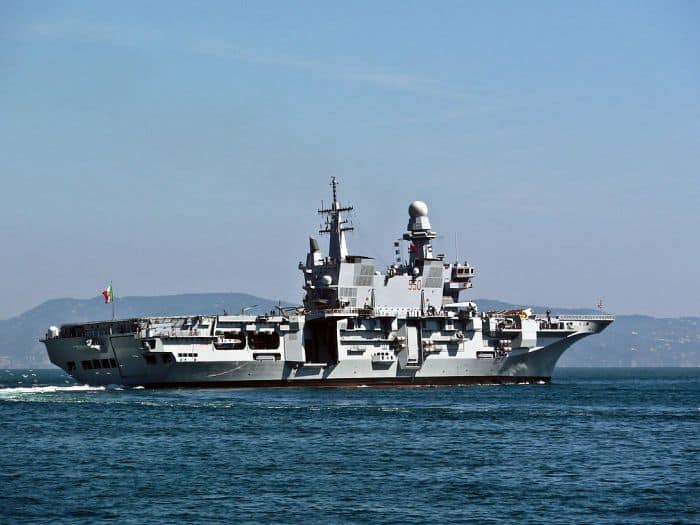
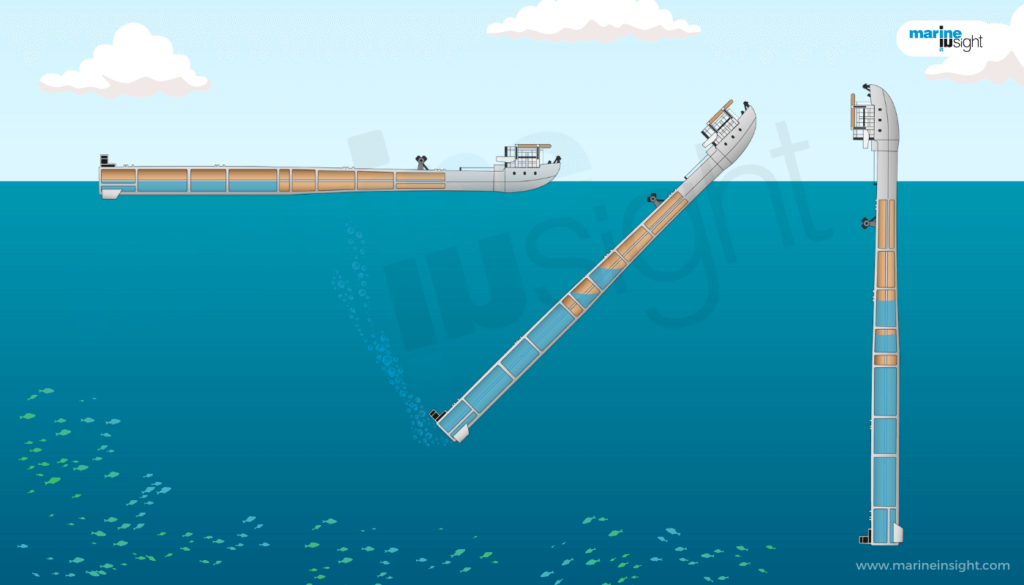
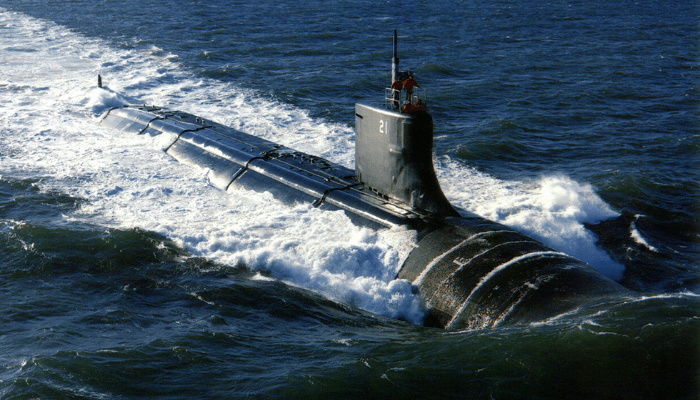
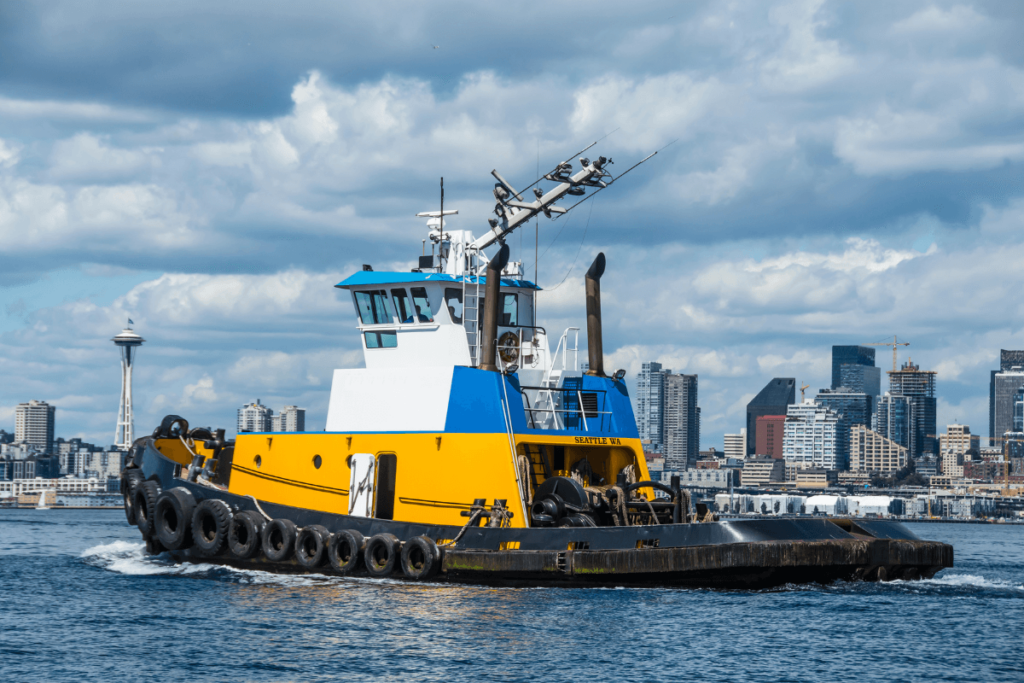
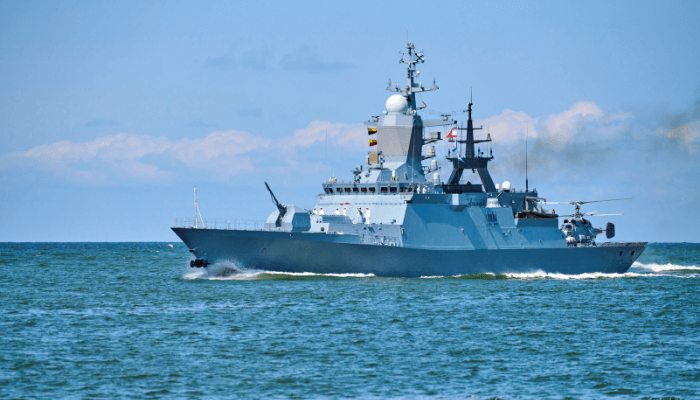

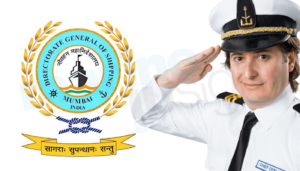
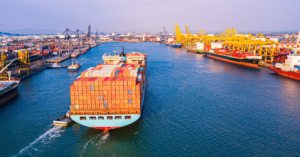
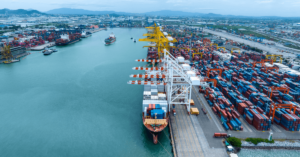
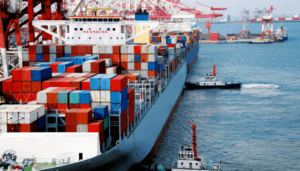
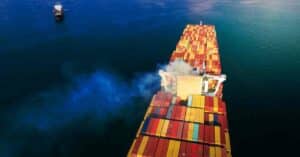
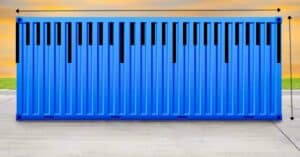

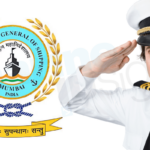
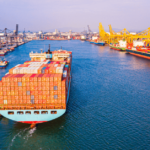
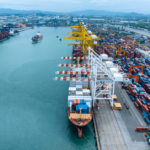
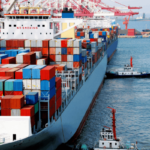
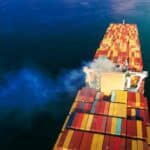
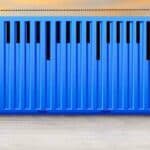
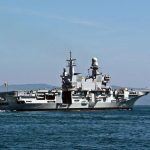
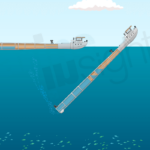
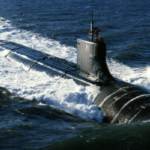
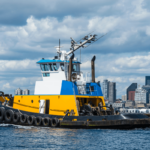
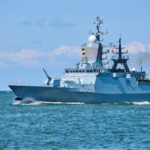

pls.tell me that if the LPG carrier / tanker does not have any refrigeration and only is equipped with Inert gas ,could it carry the LPG safely,
also could you recommend LPG vessel for rent /sale
thanks
Difference Between Lpg and lng ship
Sirs
i like to know if LNG designed vessel can carry and work also as LPG vessel
Best regards
Eng. T.B.Idriss
We know it’s important for you to get a quick response for your question.
Thus, we created Marine Insight Forums >> https://forums.marineinsight.com
Hello
Iranian sailor
Where is the gas training course going?
Thank you
Iranian sailor
My name is Alireza Azizian
Iran
please guide me
Telegram number 00989379971354
I do not have much knowledge of training providers in IRAN. You can contact Lloyds : https://www.lr.org/ as they provide liquefied natural gas ships training
On LNG ships with DFDE engines, usually the DF engines are installed by pairs (on pair at stbd and other pair at port side),
Can some of you confirmed me if a par of LNG in the same room can run different fuels?
For instance, in stbd side, G/E#1 running in HFO and G/E#2 running on BOG + pilot,
Thanks!
Sir I want to do a job in LNG carrier ship.. what I will do . tell me the process sir please…
I would like to know impacts from LNG Carries Type C and international guidelines for LNG Carriers.